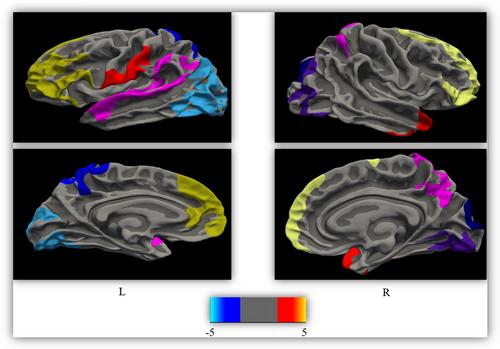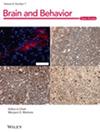Strong indications support the notion that idiopathic rapid eye movement (REM) sleep behavior disorder (iRBD) acts as a precursor to multiple α-synucleinopathies, including Parkinson's disease and dementia with Lewy bodies. Despite numerous investigations into the alterations in cortical thickness and the volume of subcortical areas associated with this condition, comprehensive studies on the cortical surface morphology, focusing on gyrification and sulcal depth changes, are scarce. The purpose of this research was to explore the cortical surface morphology in individuals with probable iRBD (piRBD), to pinpoint early-phase diagnostic markers.
This study included 30 piRBD patients confirmed using the RBD Screening Questionnaire (RBDSQ) and 33 control individuals selected from the Parkinson's Progression Markers Initiative (PPMI) database. They underwent neurophysiological tests and MRI scans. The FreeSurfer software was utilized to estimate cortical thickness (CTH), cortical and subcortical volumetry, local gyrification index (LGI), and sulcus depth (SD). Subsequently, these parameters were compared between the two groups. Additionally, linear correlation analysis was employed to estimate the relationship between brain morphological parameters and clinical parameters.
Compared to the healthy control (HC), piRBD patients exhibited a significant reduction in CTH, LGI, and cortical volume in the bilateral superior parietal, lateral occipital, orbitofrontal, temporo-occipital, bilateral rostral middle frontal, inferior parietal, and precentral brain regions. Moreover, a significant and notable correlation was observed between CTH and Geriatric Depression Scale (GDS), letter–number sequencing (LTNS), the Benton Judgment of Line Orientation (BJLO) test, and the symbol digit modalities test (SDMT) in several brain regions encompassing the motor cortex.
Patients with piRBD displayed widespread atrophy in various brain regions, predominantly covering the motor and sensory cortex. Furthermore, LGI could serve as a prognostic biomarker of disease's progression in piRBD.



